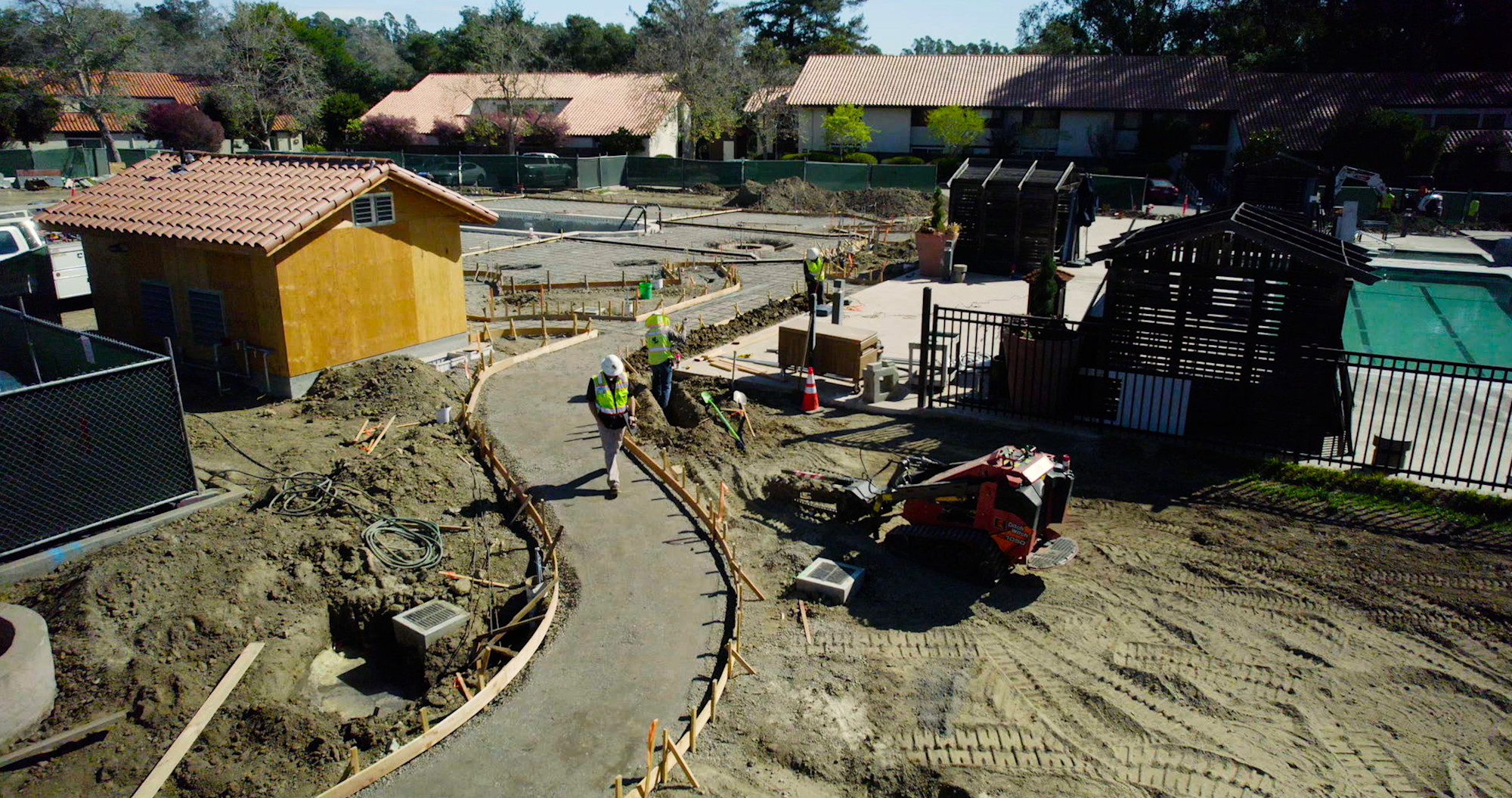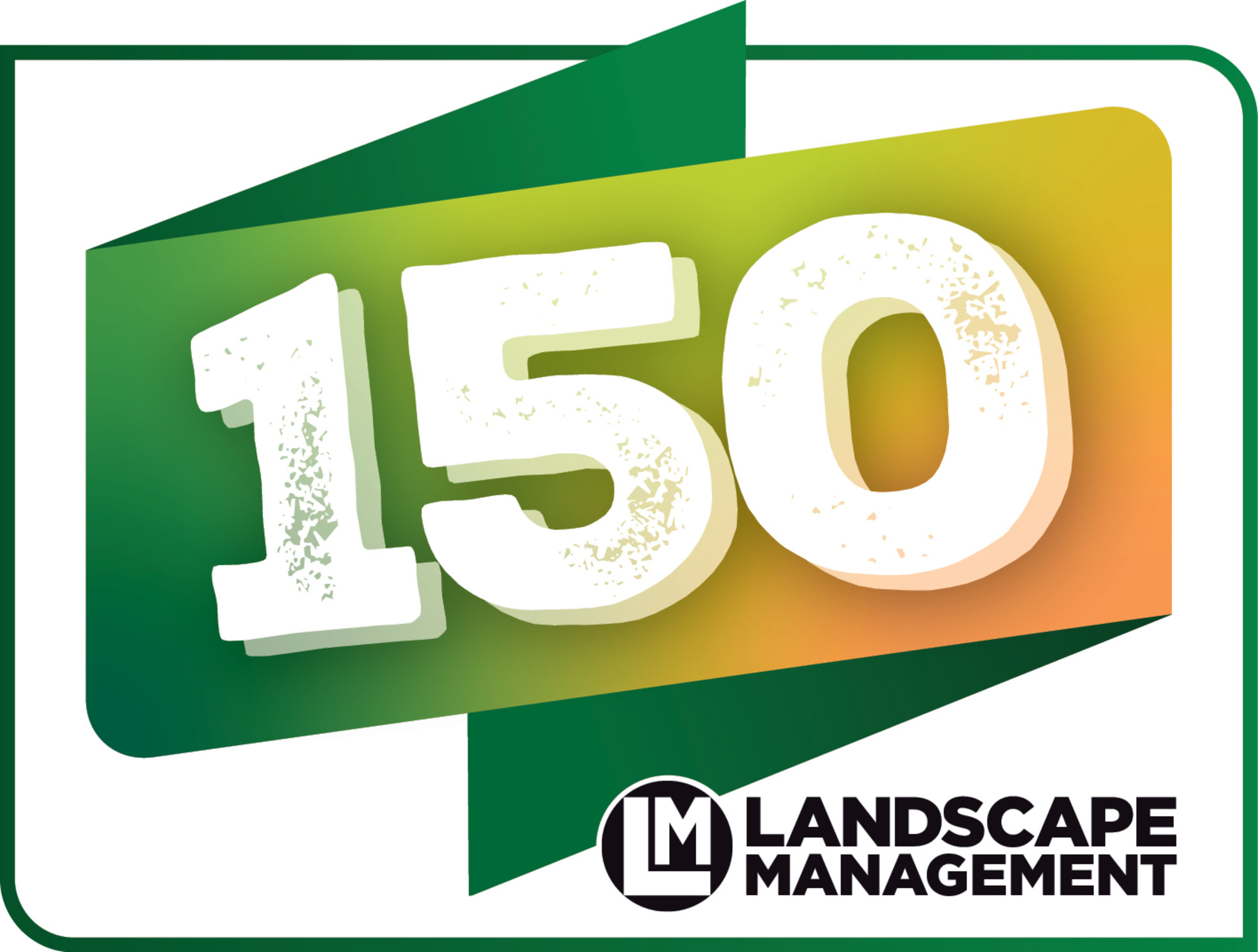Table of Contents
Table of Contents
- Stage 1: "Our Old System Works Fine"
- Stage 2: "We Don't Have Time for New Software"
- Stage 3: "Our Crews Will Never Learn It"
- Stage 4: "We're Not Big Enough Yet"
- Stage 5: "The Price Tag Scares Me"
- Stage 6: "I'll Just Do It Manually"
- Stage 7: "Okay, Maybe This Is a Nightmare"
- Stage 8: "Fine, Let's Try Aspire"
- Stage 9: "Why Didn't We Do This Sooner?"
- Don’t Suffer Through All 9 Stages of Denial
In landscaping and snow removal businesses, denial usually looks like clinging to outdated spreadsheets or duct-taped, make-do, works-til-it-doesn’t software "solutions."
Much like the classic stages of grief, business owners go through predictable phases when resisting modern field service management software.
The good news?
You don't have to suffer through all nine stages.
We'll show you exactly what stage you're in and how to fast-track to acceptance—and more importantly, profitability.
Stage 1: "Our Old System Works Fine"
Ah, the classic opening line of denial.
If "fine" means lost invoices, duplicate job scheduling, angry client calls about missed services, and crews showing up to the wrong properties, then sure—your system is working great. That's like saying a flip phone works fine when the rest of the world's on smartphones.
Your current "system" might involve a combination of handwritten schedules, Excel spreadsheets from 2015, and sticky notes that fall off your dashboard. You've convinced yourself that chaos equals character.
Warning signs you're in Stage 1:
You spend more time looking for information than using it
"Where did I put that invoice?" is your daily mantra
Clients regularly call asking about service status
Your "backup system" is your memory
You secretly panic when your laptop crashes
Reality check: If your system requires archaeological skills to find last month's data, it's not working fine.
It's working overtime to hold your business back.
Stage 2: "We Don't Have Time for New Software"
This is denial's favorite paradox: you're too busy being inefficient to become efficient.
You don't have time for new software because you're spending all your time compensating for bad software. That's like saying you don't have time to stop for gas because you're too busy pushing the car.
You're drowning in manual processes, duplicate data entry, and constant firefighting, but somehow convinced that learning something new will make it worse. Meanwhile, you're working weekends to catch up on invoicing that should take minutes, not hours.
Time-wasting activities you're probably doing:
Manually creating invoices instead of automated billing
Calling crews for status updates instead of GPS tracking
Re-entering customer data across multiple systems
Searching through emails for job details
Fixing scheduling conflicts that shouldn't exist
The irony?
Aspire's implementation process is designed to save you time from day one. The learning curve is shorter than your current daily struggle with outdated systems.
Stage 3: "Our Crews Will Never Learn It"
This stage assumes your field teams are technology-challenged, which is short-sighted and inaccurate.
Your crews already navigate their banking, social media, and fantasy football leagues all on their phones. Adding the intuitive Aspire Mobile app will be a relief, compared to the six different group chats they have to search through to find the change orders for the properties on their schedules.
Modern field service apps are designed for real people doing real work, not computer scientists.
Aspire Mobile puts everything crews need right in their pocket: job details, customer information, time tracking, and photo uploads. It's actually easier than juggling clipboards, paper schedules, and multiple phone calls.
Crew adoption benefits include:
Clear job instructions and customer notes in one place
GPS navigation to prevent wrong addresses
Easy time tracking without paper timesheets
Instant communication with the office
Photo documentation for quality assurance
Access to customer history and preferences
Your crews want tools that make their jobs easier, not harder.
Once they see how Aspire eliminates paperwork and reduces confusion, they'll wonder why you waited so long to upgrade their toolkit.
Stage 4: "We're Not Big Enough Yet"
Waiting until you're bigger to adopt Aspire is like waiting until you're dehydrated to buy water.
This stage assumes that business management software is only for enterprise-level companies, which couldn't be further from the truth.
Aspire is specifically designed to scale with businesses, from startups to enterprises. Whether you're running three crews or thirty, the platform adapts to your current size while preparing for growth. Small businesses actually benefit most from automation because every efficiency gain has an immediate impact.
Benefits for growing businesses:
Streamlined operations that scale without additional overhead
Professional invoicing and estimates that win more bids
Real-time job costing that protects profit margins
Automated scheduling that prevents double-bookings and downtime
Customer management that maintains relationships as you grow
Financial insights that guide smart expansion decisions
The companies growing 2X faster than their competitors aren't waiting until they're "big enough" for professional tools.
They're using those tools to get bigger, smarter, and more profitable along the way.
Stage 5: "The Price Tag Scares Me"
Here's the uncomfortable truth: you're already paying a premium price for inefficiency, and the bill keeps getting bigger.
Hidden costs, wasted labor, lost revenue, and missed opportunities are expensive. You're just paying them in smaller, harder-to-track amounts that feel less scary but add up to more than professional software would cost.
Consider the real costs of your current "free" system: overtime for manual invoicing, lost revenue from scheduling mistakes, customer churn due to poor communication, and the opportunity cost of your time spent on administrative tasks instead of driving business growth.
Hidden costs of outdated systems:
Staff overtime for manual processes that should be automated
Lost jobs due to slow or unprofessional estimates
Customer churn from communication breakdowns
Missed revenue from poor job costing
Your valuable time spent on data entry instead of strategy
Stress-related costs (both personal and professional)
Aspire's ROI typically pays for itself within months through improved efficiency, better job costing, and increased customer satisfaction.
The real question isn't whether you can afford Aspire—it's whether you can afford not to upgrade.
Stage 6: "I'll Just Do It Manually"
Sure, and you'll just build your next house with a spoon while you're at it.
This stage represents the peak of stubborn determination, where you've acknowledged problems exist but refuse to accept modern solutions.
Manual processes feel controllable, but they're actually controlling you.
Every invoice you write by hand, every schedule you create in Excel, and every customer who calls your field manually is time stolen from business growth and personal life.
Manual process pitfalls:
Human error increases with complexity and fatigue
Information gets lost between handoffs
Scaling becomes impossible without hiring more administrative staff
Consistency suffers across different team members
Burnout becomes inevitable as the workload increases
Competitive disadvantage against tech-savvy competitors
The businesses thriving in today's market aren't the ones doing everything manually—they're the ones leveraging technology to work smarter.
Aspire automates the tedious stuff so you can focus on what actually grows your business. Aspire
Stage 7: "Okay, Maybe This Is a Nightmare"
Congratulations, you've reached the “crying in your truck” stage of denial.
The facade is cracking, and you're starting to admit that your current system might be causing more problems than it solves.
This is actually progress—awareness is the first step toward change.
Maybe it was the client who canceled because you missed their service three weeks in a row, or the invoice that disappeared into the spreadsheet void, or that moment when you realized you've been losing money on half your jobs without knowing it.
Signs you're reaching Stage 7:
You've started Googling "field service management software" at 2 AM
You catch yourself complaining about your system to anyone who'll listen
You've calculated how much time you waste on administrative tasks
You're genuinely worried about your business's future viability
You've started envying competitors who seem more organized
The good news?
You're almost through the denial phase. The pain you're feeling is your business telling you it's ready for something better.
Listen to it.
Stage 8: "Fine, Let's Try Aspire"
Like finally going to the dentist—uncomfortable at first, then you wonder why you waited so long.
You've grudgingly admitted that maybe, possibly, your current system isn't the masterpiece of efficiency you thought it was.
This stage involves taking actual action: scheduling a demo, asking questions, and beginning to envision how professional software can improve your operations. You're still nervous about change, but the pain of staying the same has finally exceeded the fear of trying something new.
What to expect during Aspire implementation:
Personalized setup based on your specific business needs
Data migration assistance to preserve your existing information
Gradual rollout that doesn't disrupt current operations
Ongoing support to ensure successful adoption
Quick wins that demonstrate immediate value
The temporary discomfort of learning something new quickly gives way to the permanent comfort of having systems that actually work.
Stage 9: "Why Didn't We Do This Sooner?"
It's like discovering heated seats after years of freezing on vinyl upholstery.
This is where denial transforms into advocacy, and you become the person telling other business owners they're crazy for not using professional software.
Most Aspire customers reach this stage in the first year, once they see how much time, money, and stress they've been wasting on outdated processes.
The efficiency gains, improved customer relationships, and newfound visibility into business performance create a sense of wonder mixed with mild regret.
Stage 9 revelations include:
"I can't believe we used to do invoicing manually."
"Our crews are so much happier with clear job information."
"I actually know which jobs are profitable now."
"We're growing faster than ever, but it feels easier."
"I have my evenings and weekends back."
"Our customers notice the improved communication and service."
You'll find yourself recommending Aspire to industry colleagues, not because you're selling anything, but because you genuinely can't imagine running a field service business any other way.
Don’t Suffer Through All 9 Stages of Denial
Skip straight to Stage 9 and thank yourself later.
The businesses growing twice as fast as their competitors didn't get there by clinging to outdated systems—they embraced change and leveraged technology to unlock their full potential.
Your future self will thank you for making the wise choice today.
Whether you're stuck in Stage 1's comfortable delusion or already crying in your truck at Stage 7, acceptance is just one decision away.
Stop grieving your old systems—schedule a demo and embrace acceptance today.
Your business deserves better than denial.







